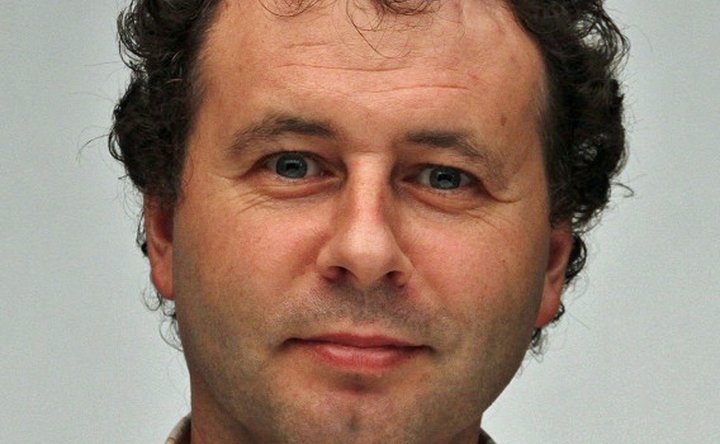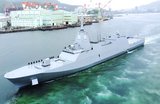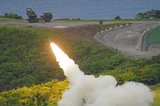South Korea approves missile programme funding, launches space rocket
South Korea successfully tested the L-SAM long-range missile in late February. (Gordon Arthur)
The Defense Project Promotion Committee of South Korea convened on 25 March, the day after North Korea lobbed an intercontinental ballistic missile into space, and approved ongoing spending on three surface-to-air missile (SAM) development programmes.
The first is the medium-range KM-SAM Block II (or Cheolmae II) interceptor, with KRW720 billion ($576 million) set aside for this programme lasting from 2023-29.
The KM-SAM Block II, first deployed in 2020, adds an anti-ballistic missile capability to its existing antiaircraft function. It can target incoming aircraft and missiles at altitudes beneath 20km. This funding will pay for the ongoing deployment of additional missiles.
Already have an account? Log in
Want to keep reading this article?
More from Defence Notes
-
![Taiwan approved for purchase of $11 billion in weapons from US]()
Taiwan approved for purchase of $11 billion in weapons from US
The US State Department’s approval of a multi-billion-dollar sale of weapons to Taiwan includes tactical mission networks equipment, uncrewed aerial systems, artillery rocket systems and self-propelled howitzers as well as anti-tank guided missiles.
-
![Ireland spells out $2.3 billion shopping list in five-year defence spending plan]()
Ireland spells out $2.3 billion shopping list in five-year defence spending plan
Ireland’s multi-annual investment in capital defence spending is set to rise from €300m in 2026 to €360m in 2029–2030 with major upgrades across land, air, maritime and cyber domains.
-
![Canada to deepen integration of multi-domain capabilities to strengthen its defences]()
Canada to deepen integration of multi-domain capabilities to strengthen its defences
The Canadian Department of National Defence has created new organisations to manage the procurement and integration of all-domain solutions and allocated US$258.33 million to strengthen production capacities.
-
![US National Security Strategy prioritises advanced military capabilities and national industry]()
US National Security Strategy prioritises advanced military capabilities and national industry
The 2025 NSS has emphasised investment in the US nuclear and air defence inventory and national industry, but it leaves multiple unanswered questions on how the White House will implement this approach.
-
![Canada set to look away from its neighbour and across the Atlantic for partners]()
Canada set to look away from its neighbour and across the Atlantic for partners
While non-EU UK struggles to join the Security Action for Europe initiative, which provides loans for defence programmes, Canada has become the first country outside Europe to get access – and did so for a nominal fee.
-
![NATO experiments with solutions to integrate networks, AI and uncrewed systems]()
NATO experiments with solutions to integrate networks, AI and uncrewed systems
During the latest edition of the NATO DiBaX, the alliance tested multiple capabilities to inform requirements for future efforts.


























